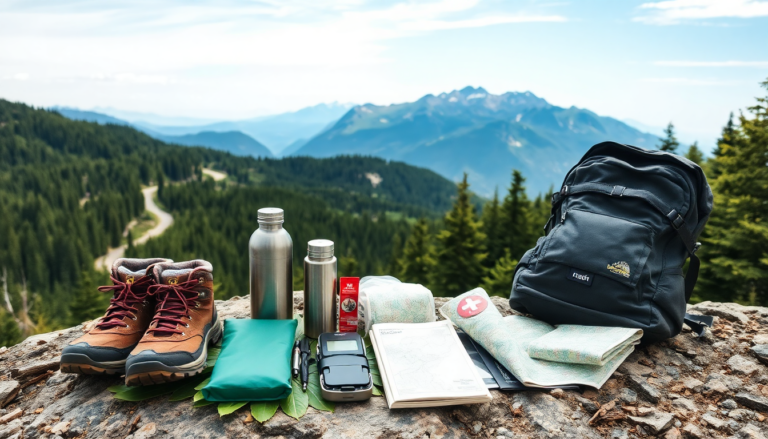Argomenti trattati
When it comes to hiking, the right gear can make all the difference. After countless miles spent on the trails, I’ve honed my list of essential hiking equipment that has proven effective time and time again. This guide will share the gear I rely on, ensuring you are well-prepared for your next outdoor adventure. Not only are these items practical and reliable, but they have also been tested under various conditions, providing you with insights into what truly works.
Why investing in quality gear matters
Choosing quality hiking gear is not just about brand names or aesthetics; it significantly impacts your overall experience. High-quality gear enhances safety, comfort, and enjoyment on the trail. For example, a well-constructed backpack distributes weight evenly, reducing strain on your back and shoulders during long hikes. Additionally, durable clothing and footwear can protect you from the elements and prevent injuries. When you invest in gear that has been properly tested, you’re setting yourself up for success in your outdoor endeavors.
Gear for various weather conditions
Weather can be unpredictable, especially in mountainous regions. That’s why I always pack versatile clothing options. For rainy days, a reliable rain shell and waterproof pants are essential. These items keep you dry without adding excessive bulk. In colder conditions, layering is key. I prefer a quilt with a liner and a high R-value sleeping pad instead of a traditional sleeping bag. This combination allows for more versatility and comfort. You can easily adjust your temperature by adding or removing layers, and the lightweight nature of a quilt makes it easier to pack.
Customizing your medical kit
A well-stocked medical kit is another critical component of hiking gear. However, many pre-packaged kits are heavy and include items you might never use. I’ve tailored my medical kit to fit my specific needs, focusing on common hiking injuries like blisters, lacerations, and ankle sprains. By customizing your kit, you can ensure you have the essential items without the extra weight. Remember to include items like antiseptic wipes, band-aids, and a small roll of medical tape for quick fixes on the trail.
Technology to enhance your hiking experience
In this digital age, technology can significantly improve your hiking experience. There are various hiking apps that help with navigation, tracking your progress, and even finding popular trails. I’ve tested several and found that the most effective ones are user-friendly and provide real-time updates. Additionally, if you’re looking to capture your adventures on video, using your smartphone with a gimbal and tripod is a great starting point. This setup is budget-friendly and delivers fantastic results for beginners.
Getting the best permits
If you’re planning to visit national parks or other federally protected areas, obtaining a permit can sometimes be a challenge. For this reason, I highly recommend using Outdoor Status. This service monitors permit availability and can send you a text when spots open up. I’ve personally used it with great success, making it easier to secure those coveted permits without the added stress.
Affordable alternatives
While premium brands like Zpacks offer exceptional quality, they can be quite pricey. I believe in finding a balance between quality and affordability. There are plenty of budget-friendly options that have worked well for me over the years. It’s worth doing some research and reading reviews to uncover hidden gems that won’t break the bank.
Conclusion
Preparing for a hiking trip involves more than just packing a backpack; it’s about carefully selecting gear that meets your needs and enhances your experience. From weather-appropriate clothing to customizable medical kits, the right equipment can make all the difference. Whether you’re a seasoned hiker or just starting, investing in quality gear tailored to your adventures will ensure you’re ready to tackle the great outdoors with confidence.

